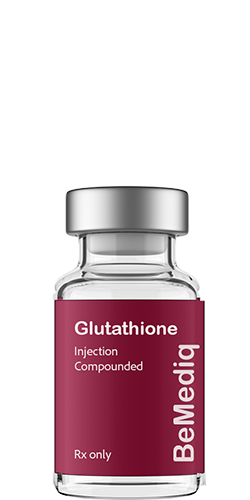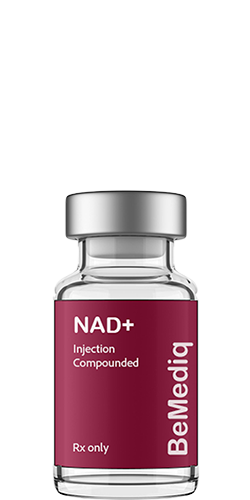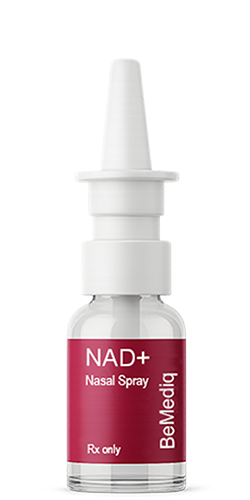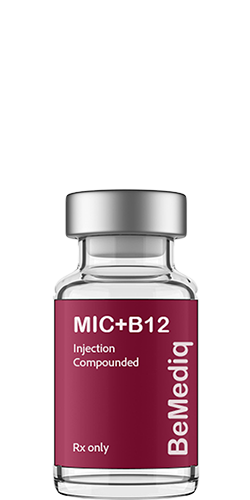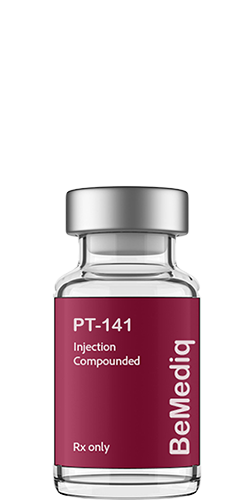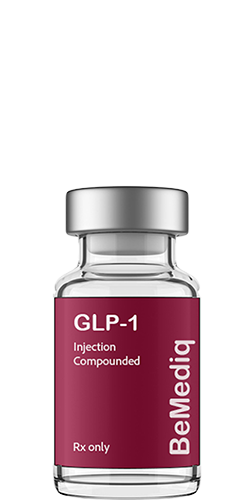Based on “The Role of Glutathione Metabolism in Chronic Illness Development and Its Potential Use as a Novel Therapeutic Target,” 2022 (PMC9616098)

1. The Noble Question
Every so often, science dares to ask a question that feels almost too bold — and yet, too important to ignore:
Could raising glutathione — through lifestyle, nutrition, precursors, or supplementation — slow or help prevent the chronic diseases that define modern life, and in some cases even improve their course?
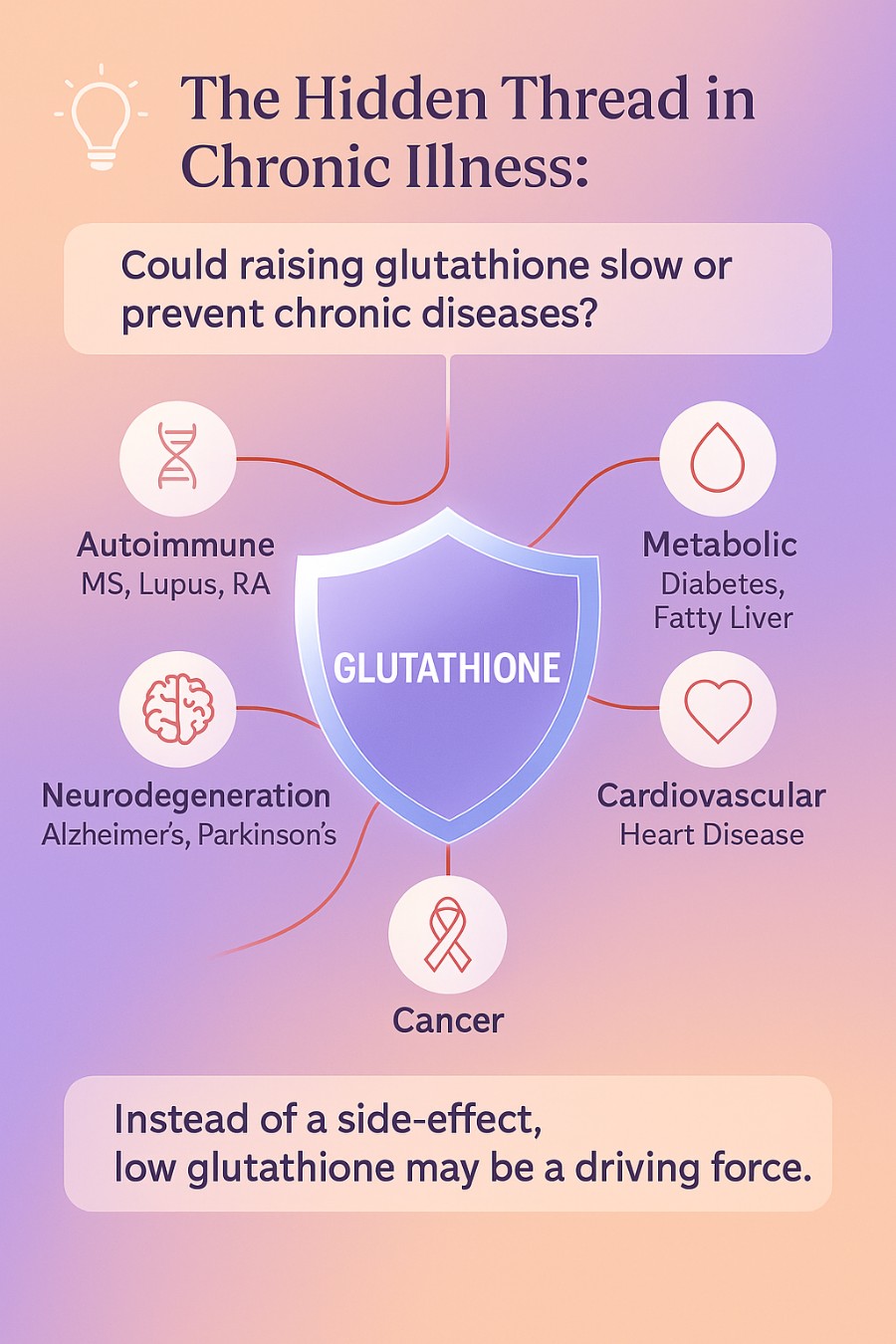
It is a noble question, because it confronts the very conditions most of us fear and that medicine too often labels “incurable.” Autoimmune disorders like multiple sclerosis, lupus, and rheumatoid arthritis. Metabolic diseases like diabetes and fatty liver. Neurodegeneration in Alzheimer’s and Parkinson’s. Cardiovascular disease. Even cancer.
These illnesses don’t just shorten lives — they steal vitality from the years we have. And yet, across them all, researchers see the same hidden thread: a silent depletion of glutathione, the body’s master antioxidant and guardian of cellular energy.
This paper stands out because the scientists recognized an important pattern: across diseases that seem unrelated — from diabetes to Alzheimer’s to lupus — the same weakness repeats itself: low glutathione. Instead of treating this as a side-effect, they dared to ask if it might be a driving force. And if so, could restoring it change the trajectory of chronic illness rather than simply managing symptoms?
2. What the Review Found
So what did the scientists discover when they traced glutathione across the landscape ofchronic disease? The findings are striking. By pulling together data from metabolic, neurological, cardiovascular, autoimmune, and even cancer research, they revealed a unifying thread: low glutathione is not just a passive marker of stress, but an active player in driving illness forward.
The review reframes chronic disease not as countless separate battles, but as variations of a single story — one in which the body’s master antioxidant quietly shapes resilience, aging, and survival.
The Forgotten Link
For years, doctors have measured signs of inflammation in the body — things like C-reactive protein — and accepted them as inevitable byproducts of disease. Glutathione was often put in the same category: just another molecule burned out by the fire of oxidative stress.
But what if that was a mistake? What if low glutathione isn’t just a consequence of disease — but a driver of it?
The Mitochondria’s Shield
Inside every cell, your mitochondria are like tiny power plants, turning food into energy. But just like a power plant, they produce sparks — in the form of free radicals like hydrogen peroxide. Normally, glutathione acts like the oil in an engine, keeping those sparks from causing damage.
When glutathione run slow, the sparks spread. Mitochondria falter, DNA is damaged, and cells age before their time. In high-energy tissues — brain, heart, kidneys, liver — this breakdown is especially destructive.
A Common Thread in Chronic Illness
This biochemical weakness helps explain why so many different diseases — diabetes, fatty liver, heart disease, Alzheimer’s, Parkinson’s, autoimmune disorders — share one hidden feature: low glutathione.
In each of them, mitochondria fail faster, oxidative stress rises, and tissues lose resilience. The review suggests that glutathione could be more than a marker: it could be a predictor of who is at higher risk of disease — and a target for prevention.
Clues in a Simple Blood Test
Glutathione itself is difficult to measure in clinics, but another enzyme, GGT, offers a clue. Traditionally seen as a liver marker, GGT actually tracks with glutathione balance. Large population studies — even on hundreds of thousands of life insurance applicants — show that higher GGT predicts higher risk of cancer, heart disease, diabetes, and even earlier death.
Important note: These are correlations, not direct proof of cause-and-effect — but they suggest that glutathione metabolism is deeply tied to long-term health outcomes.
Can We Changethe Course?
The authors are both cautious and hopeful. They don’t claim glutathione is a cure. Here’s the hopeful part: studies show that raising glutathione is possible
With precursors like N-acetylcysteine (NAC) and glycine, cells rebuild their glutathione stores.
Small human trials show improvements in blood sugar, blood pressure, fatty liver, cognitive function, even psychiatric symptoms. In heart and kidney disease models, glutathione support reduced damage and improved organ function.
These are early signals, not miracle cures — but they indicate that the pathway can be shifted in meaningful ways.
The Big Insight
Chronic illnesses may look different on the surface — diabetes, cancer, Alzheimer’s, lupus — but underneath, they share the same hidden weakness: a collapse of the glutathione defense system.
The authors argue that by catching and correcting this weakness early — with diet, lifestyle, and precursor support — we may be able to change the trajectory of disease.
In Plain Language
Glutathione is more than an antioxidant. It’s the quiet guardian that keeps your cells’ engines running smoothly. When it runs low, disease finds a foothold. When it’s strong,your body has a chance to resist, repair, and age more slowly.
Why This Review Matters
Glutathione isn’t just another antioxidant — it is the cell’s frontline defender, especially for the mitochondria that power life itself. When levels run low, the risk of chronic illness rises, from diabetes to heart disease, neuro degeneration, and autoimmune conditions.
The hopeful news? Studies show that glutathione can be boosted, often with simple precursors like NAC and glycine. Even in small trials, this has translated into real improvements — better blood sugar, stronger cognition, healthier livers and hearts.
Still, larger and longer clinical trials are needed to confirm whether these benefits extend across populations before glutathione support can become part of standard medical care.
Conclusion
The diseases we call “incurable” may share a hidden weakness: low glutathione. By strengthening this shield, science suggests we may not only slow illness, but extend resilience and vitality into the years that matter most.
Quick Takeaway for Longevity: Supporting Your Glutathione Defense
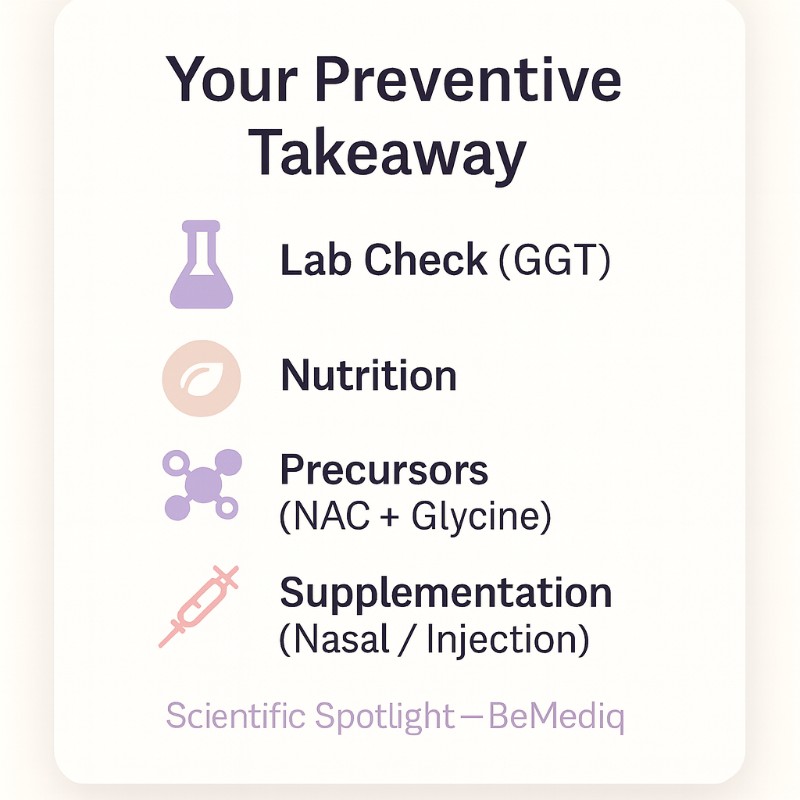
- Check your liver values: Elevated GGT on routine blood tests may signal oxidative stress and imbalanced glutathione metabolism. While not a diagnostic tool on its own, it can be a useful early clue.
- Boost with food & lifestyle: Certain foods and herbs — from cruciferous vegetables (broccoli, kale) to garlic, turmeric, and green tea — may support the body’s ability to restore glutathione levels. (See our related Spotlight: “How Can We Raise Glutathione Inside Cells?”)
- Consider precursors: Supplements like NAC (N-acetylcysteine) and glycine provide building blocks for glutathione. Together (“GlyNAC”), they have shown benefits in small human studies.
- Direct supplementation (advanced): Under medical supervision, nasal sprays or injections of glutathione are being explored as targeted options for those with higher oxidative stress or chronic illness.
In simple terms: Keep an eye on your oxidative stress, feed your cellswhat they need, and if needed, explore medical guidance for more advancedsupport. Prevention is about keeping the “cellular shield” strong before damageaccumulates.
Reference:
Hristov, B. D. (2022). The Role of Glutathione Metabolism in ChronicIllness Development and Its Potential Use as a Novel Therapeutic Target. Cureus,14(10), e29968. PMID: 36321012 | PMCID: PMC9616098
Disclaimer: This Spotlight is for educational purposes only and have not been evaluated by the Food and Drug Administration. . It does not replace medical advice, diagnosis, or treatment. Supplement use —especially injections or prescription formulations — should always be discussedwith a qualified healthcare professional.

Written by Elena Brull, FNR, Functional Nutrition Researcher & Women’s Health Journalist
About the Author
Elena Brull, FNR, is a Functional Nutrition Researcher and Women’s Health Journalist specializing in integrative approaches to hormonal balance, nutrition, and longevity. Her work combines evidence-based insights with holistic health principles to help women understand their biology and live in rhythm with it. She writes from a non-clinical, educational perspective — with the intention to inform and empower, not to diagnose or prescribe.

